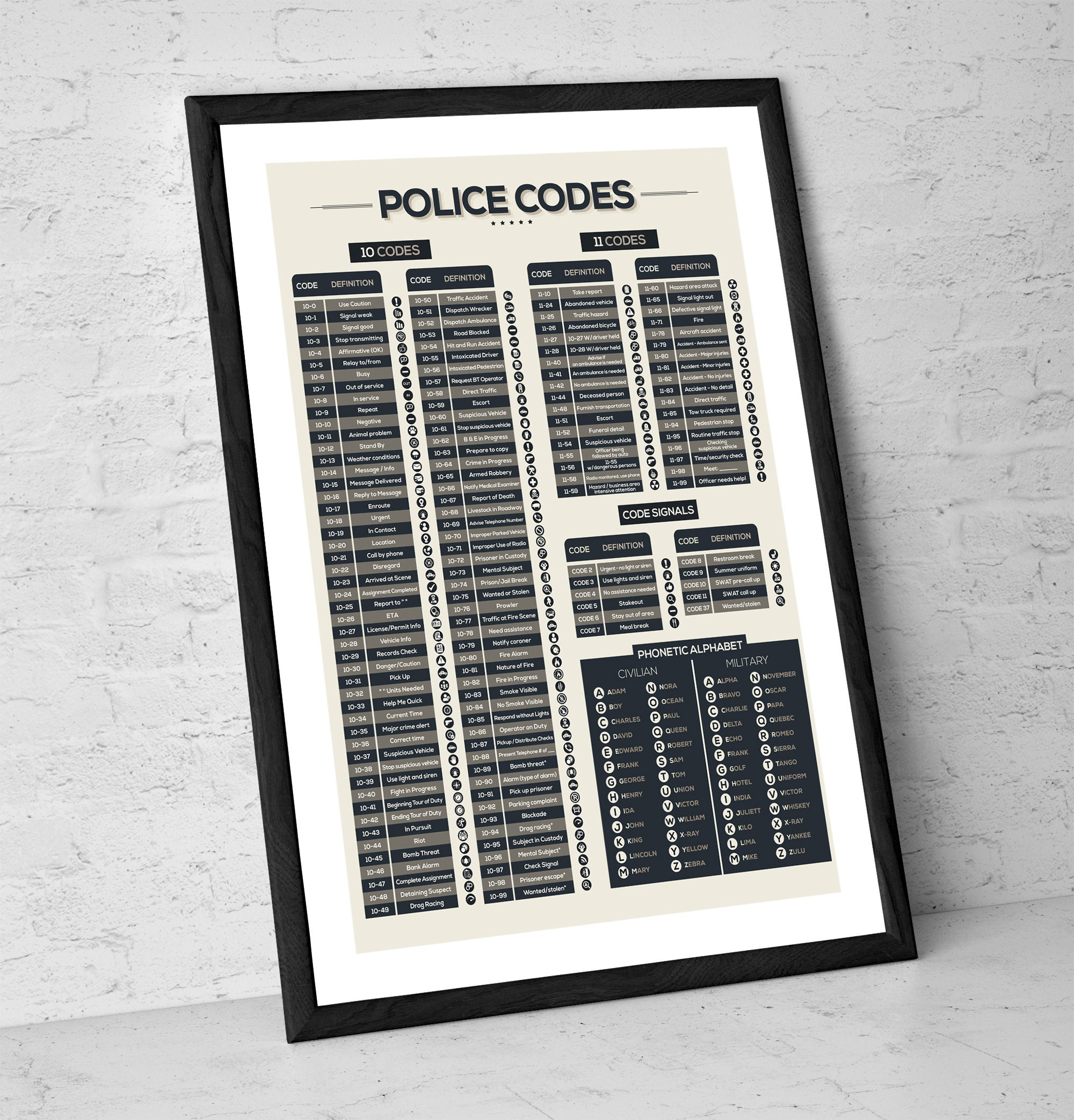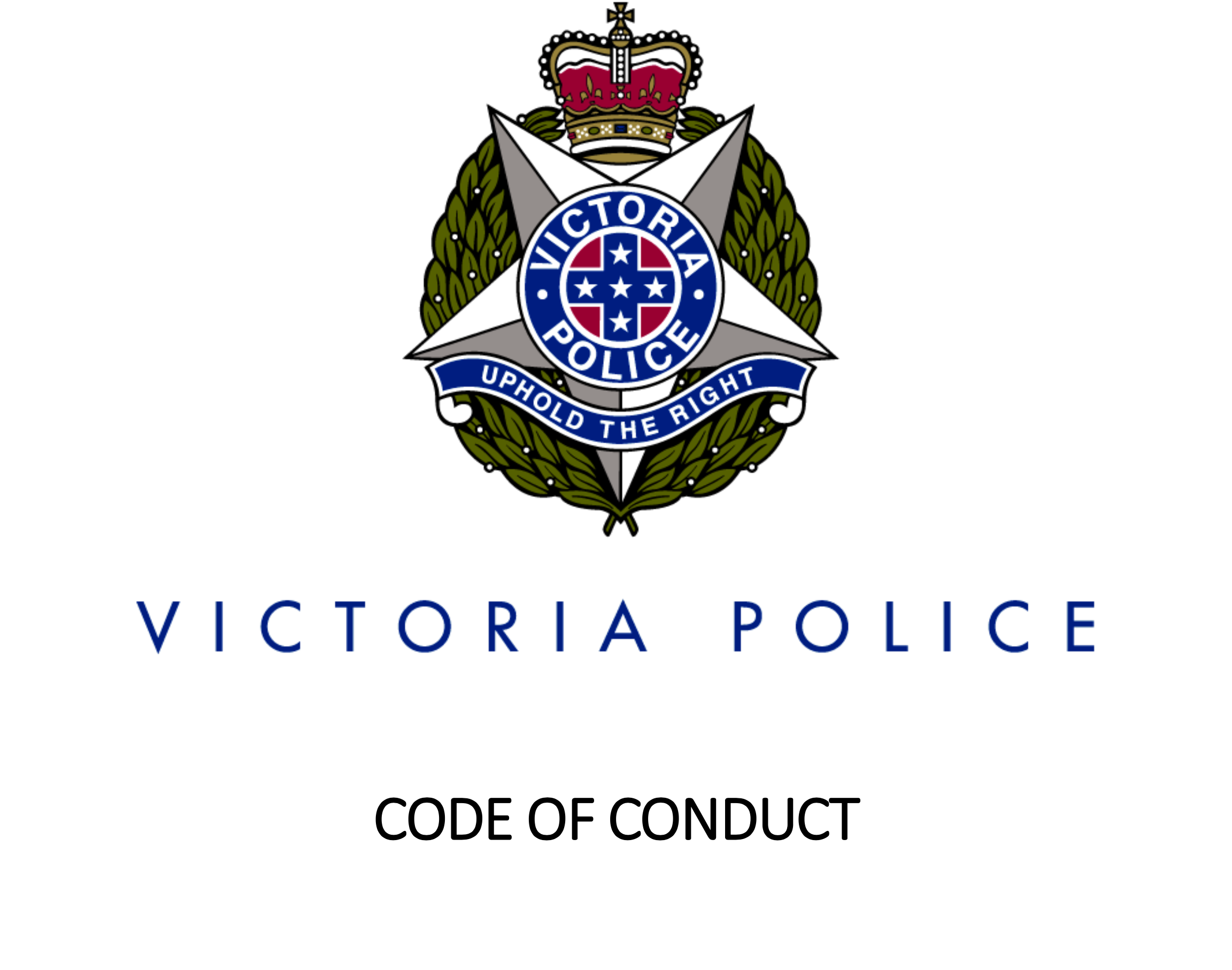Ever wondered what the J4 police code really means? You're not alone. This mysterious term has been buzzing around for years, sparking curiosity among law enforcement enthusiasts and ordinary citizens alike. In this article, we'll dive deep into the world of police codes, focusing on J4 and its significance. Whether you're a crime drama fan or just curious about how officers communicate, you're in for a wild ride.
Police codes are like a secret language used by officers to communicate quickly and efficiently. These codes aren't just random numbers or letters; they carry specific meanings that help officers relay critical information without wasting precious time. J4 is one such code, and understanding it can give you a glimpse into the fascinating world of law enforcement operations.
In this article, we'll explore everything you need to know about J4 police code. From its origins to its modern-day applications, we'll break it down in a way that's easy to understand. So, buckle up and let's get started!
- Movierulz Torrent Magnet Your Guide To Movie Downloads More
- Kara Swisher Amanda Katz A Love Story Inside Their Relationship
- Freemovies2021 Com
- 4k Movies Khatrimaza Your Ultimate Guide To Highresolution Entertainment
- Mike Rowes Love Life Dating Girlfriends Relationships Exposed
What Exactly is J4 Police Code?
Let’s start with the basics. J4 police code refers to a specific type of situation or incident that officers encounter in the field. While the exact definition may vary depending on the jurisdiction, it generally relates to juvenile-related incidents. Think along the lines of a missing child or a runaway teenager. It's a code that officers use to alert others about situations involving minors.
Now, why does this matter? Well, in high-pressure situations, officers need to communicate effectively and quickly. Using codes like J4 allows them to do just that. Instead of spending time explaining the entire situation, they can simply relay the code, and everyone involved knows exactly what’s going on. It's like a shorthand that saves time and ensures everyone is on the same page.
Origins of J4 Police Code
Like many police codes, J4 has its roots in the early days of radio communication. Back in the day, radios weren't as advanced as they are today. Officers had to find ways to communicate without revealing too much information to the public. This led to the creation of various codes, each representing a specific situation or action.
- King Vons Autopsy The Full Story Behind His Tragic Death
- Filmy4wap Your Ultimate Destination For Hollywood Hindi Movies
- Ullu Apps Palang Tod The Latest Web Series Updates In 2024 You Dont Wanna Miss
- Yts Alternatives
- Ms Sethi From India To Onlyfans Fame Beyond The Full Story
J4 specifically emerged as a way to handle juvenile-related incidents. The "J" in J4 stands for "juvenile," while the "4" indicates the type of situation. Over the years, the code has evolved, but its core purpose remains the same: to provide a quick and efficient way to communicate about incidents involving minors.
Why is J4 Important in Law Enforcement?
Let’s talk about why J4 is such a big deal in the world of law enforcement. When it comes to juvenile-related incidents, time is of the essence. Officers need to act quickly and efficiently to ensure the safety of everyone involved. J4 helps them do just that.
Imagine this scenario: an officer receives a call about a missing teenager. Instead of spending time explaining the situation over the radio, they can simply relay the J4 code. This allows other officers to prioritize the case and allocate resources accordingly. It's a system that works, and it works well.
How J4 is Used in the Field
Now that we know what J4 is and why it's important, let’s take a look at how it's used in real-life situations. When an officer encounters a juvenile-related incident, they’ll use the J4 code to alert others. This could involve anything from a missing child to a runaway teenager or even a juvenile in distress.
- Missing child reports
- Runaway teenagers
- Juvenile in distress situations
Each situation requires a different approach, and J4 helps officers tailor their response accordingly. It's like having a playbook for handling juvenile-related incidents.
Common Misconceptions About J4 Police Code
There are a lot of misconceptions floating around about J4 police code. Some people think it’s only used for serious crimes involving minors, while others believe it’s a catch-all term for any incident involving a juvenile. Neither of these is entirely true.
J4 is specifically designed for situations where time and efficiency are critical. It’s not about the severity of the incident but rather the need for a quick and coordinated response. This is why it’s so important for officers to use the code correctly and consistently.
Setting the Record Straight
To clear things up, let’s break down some common misconceptions about J4:
- Myth: J4 is only used for serious crimes involving minors.
Fact: J4 is used for any juvenile-related incident where a quick response is needed. - Myth: J4 is a catch-all term for any incident involving a juvenile.
Fact: J4 is specifically designed for situations where time and efficiency are critical.
Understanding these distinctions is key to grasping the true meaning and purpose of J4 police code.
How J4 Fits Into the Broader Picture of Police Codes
Police codes like J4 are just one piece of a much larger puzzle. Officers use a wide range of codes to communicate about everything from traffic stops to major crimes. Each code serves a specific purpose and helps officers do their jobs more effectively.
J4 is unique in that it focuses specifically on juvenile-related incidents. This makes it an essential tool for officers dealing with situations involving minors. By using J4, officers can quickly and efficiently communicate about incidents that require a specialized response.
Other Common Police Codes
While J4 gets a lot of attention, there are plenty of other police codes that play a crucial role in law enforcement. Here are a few examples:
- 10-4: Acknowledgment of a message
- 10-33: Emergency traffic
- 55: Domestic disturbance
Each code has its own unique purpose, and together they form a comprehensive system for communication in the field.
The Role of Technology in Modernizing Police Codes
As technology continues to evolve, so does the way officers use police codes. In the past, codes like J4 were primarily used over the radio. Today, officers have access to a wide range of tools that make communication faster and more efficient.
From smartphones to body cameras, technology has transformed the way officers interact with each other and the public. J4 and other police codes are still relevant, but they’re now part of a much larger digital ecosystem.
The Future of Police Codes
Looking ahead, it’s clear that technology will continue to play a major role in the evolution of police codes. As officers gain access to new tools and platforms, the way they communicate will continue to change. However, the core purpose of codes like J4 will remain the same: to provide a quick and efficient way to relay critical information.
Expert Insights on J4 Police Code
To get a better understanding of J4 police code, we spoke with several law enforcement experts. Their insights provide valuable context and help shed light on the true meaning and purpose of the code.
According to Officer Jane Doe, a 20-year veteran of the force, "J4 is an essential tool for officers dealing with juvenile-related incidents. It allows us to communicate quickly and efficiently, ensuring the safety of everyone involved."
Why Expert Opinions Matter
Expert opinions are crucial when it comes to understanding complex topics like police codes. Officers like Jane Doe bring years of experience to the table, providing valuable insights that help clarify misconceptions and highlight the importance of codes like J4.
How You Can Use This Information
Now that you know all about J4 police code, it’s time to put this information to use. Whether you're a law enforcement enthusiast or just curious about how officers communicate, understanding J4 can give you a deeper appreciation for the complexities of modern policing.
Here are a few ways you can use this information:
- Stay informed about law enforcement practices
- Engage in meaningful conversations about policing
- Support initiatives aimed at improving communication in law enforcement
Taking Action
Knowledge is power, and understanding J4 police code is just the beginning. By staying informed and engaged, you can help shape the future of law enforcement and ensure that codes like J4 continue to serve their intended purpose.
Conclusion
So, there you have it. J4 police code isn’t just a random string of letters and numbers; it’s a vital tool used by officers to communicate quickly and efficiently about juvenile-related incidents. From its origins in the early days of radio communication to its modern-day applications, J4 has played a crucial role in law enforcement for decades.
As you’ve learned, understanding J4 and other police codes can give you a deeper appreciation for the complexities of modern policing. Whether you're a crime drama fan or just curious about how officers communicate, this information is sure to come in handy.
Now it’s your turn. Leave a comment below and let us know what you think about J4 police code. Do you have any questions or insights to share? We’d love to hear from you!
- Ullu Apps Palang Tod The Latest Web Series Updates In 2024 You Dont Wanna Miss
- Pinoymoviepedia The Ultimate Guide To Philippine Cinema
- Ullu Telugu The Ultimate Guide To Exploring This Trending Sensation
- Maligoshik Onlyfans Leaks The Real Story Behind The Viral Sensation
- Bollyflix 2025 Your Guide To Bollywood Movies Streaming

